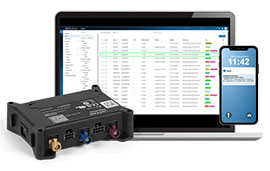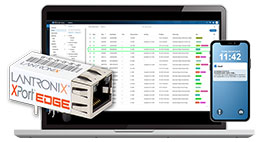
How to Calculate SFP Link Budgets
Small Form-factor Pluggable (SFP) transceivers are modules that are connected to fiber interfaces on a network switch to provide termination for fiber optic links. Transition Networks offers a broad range of SFPs, including Multi-Sourcing Agreement (MSA) compliant and platform vendor compatibles (Cisco, HP and Juniper). MSA-compliant SFPs ensure interoperability with other compliant network devices.
One of the key design considerations for network engineers when developing fiber-optic network architectures is determining SFP and SFP+ transceivers’ link budgets. Understanding this is critical for capacity planning as engineers need to ensure that the link budget of the SFP is higher than the total link loss to ensure a successful fiber link connection.
Network device manufacturers, such as Transition Networks, typically state the link budget on the product datasheets. However, if a manufacturer does not explicitly provide the link budget, but does provide detailed technical specifications about the SFP, then you can still calculate the link budget. The key parameters required to compute the budget include values for the Minimum Transmit Power, Maximum Transition Power, Minimum Receive Sensitivity, and Maximum Receive Sensitivity.
Use this simple calculation to determine how much power budget of the SFP is available:
Link Budget,L=Minimum Transmit Power (min.Tx)-Minimum Receive Sensitivity (min.Rx)
The link budget calculation below uses the Transition 1000Base-LX single-mode SFP as an example:

In this case, the link budget = (-9.5) Min. Tx Pwr – (-21.0) RX Sensitivity = 11.5 dBm
Or make it easy on yourself and choose Transition Networks SFPs because with every SFP, we provide a detailed product datasheet that includes the link budget. There is no need to delay or second guess your purchase—you’ll know you’re getting the right SPFs for your project.
If you have any questions about our SFP and SFP+ products, please reach out to us at [email protected].













